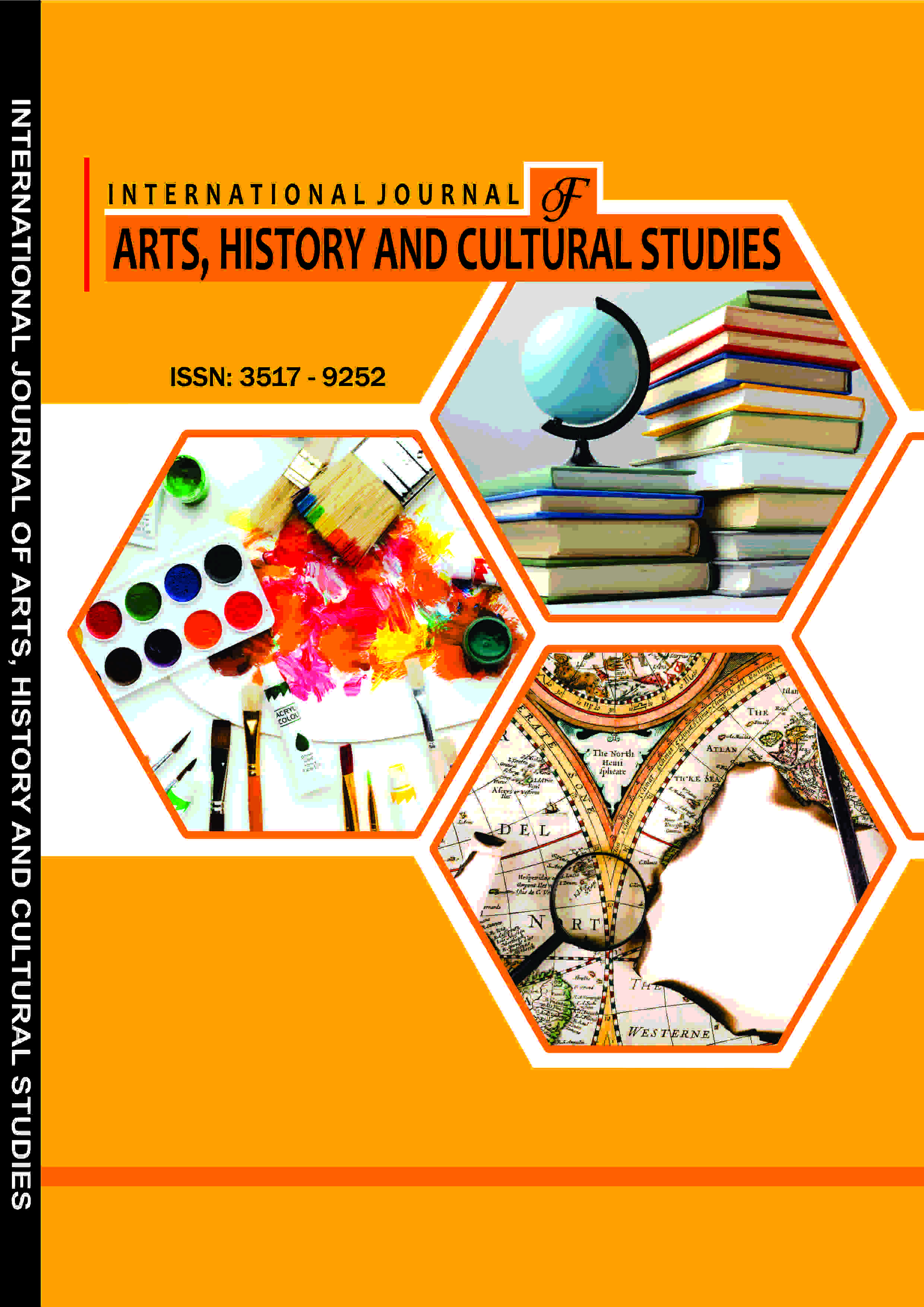INTERNATIONAL JOURNAL OF ARTS, HISTORY AND CULTURAL STUDIES (IJAHCS)
Jheronimus Bosch. The Inner Self of the Painter
E-ISSN: 2695-1886
P-ISSN: 3517-9252
DOI: https://iigdpublishers.com/article/755
The mysterious paintings of the medieval painter Jheronimus Bosch have led to numerous interpretations of the content of his art: what did he mean, what was his message? In this study, the author rather focused on the personality of the artist. What are the psychodynamic processes behind the figures and symbols? He applied concepts from psychoanalysis to one of Bosch’s most famous paintings, the Temptations of St. Anthony (Lisbon) analyzing it scenery by scenery in search of dominant emotional themes. Historical writings about the hermit’s experience were used in order to find out what Bosch’s own fantasies were. Bosch’s most pronounced theme is threat by the devil. Possibly a projection of his own anxiety for sin. Against the background of the Catholic environment in which he lived, Bosch seems to have felt the typical internal conflict between id and superego. A mild form of moral masochism is probably on the basis of Bosch’s constructions when he was painting.
Michel A. E. Vandenput PhD
Alexander, F. (1961). The need for punishment and the death instinct. In F. Alexander, The scope of psychoanalysis. Selected papers of Franz Alexander (pp. 37-49). New York: Basic Books.
Bax, D. (1949). Ontcijfering van Jeroen Bosch.‘s-Gravenhage: Nijhoff.
Bax, D. (1979). Hieronymus Bosch, his picture-writing deciphered. Rotterdam: Balkema.
De Rijck, A. (1993). Jeroen Bosch. In J. Baneke, Dutch art and character (pp. 33-53). Amsterdam: Swets and Zeitlinger.
Fisher, S. (2016). Hieronymus Bosch. The complete works. Köln: Taschen.
